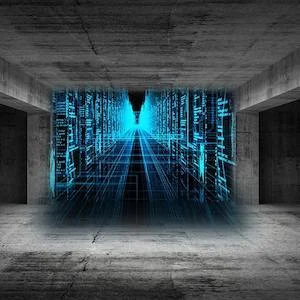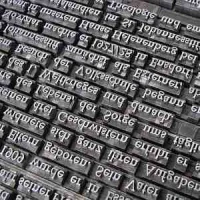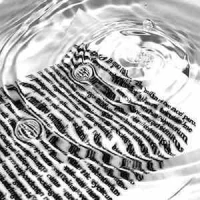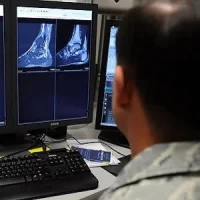Emerging technologies – such as machine learning and data
analytics – will provide enormous opportunities for radiologists to augment and
improve the quality of care they provide to their patients, according to a
report to appear in Journal of the American College of Radiology. The report
urges radiologists to maintain an active role in guiding the development of
these technologies.
The report provides a summary of the 38th Intersociety
Summer Conference held in Olympic Valley, California. The meeting focused on
the current state and future direction of clinical data science and its
application to radiology practice.
Data science already informs radiologists’ traditional roles
and offers innumerable opportunities and innovations. "With the
exponential growth in imaging data, radiology knowledge bases, and data from
other sources such as electronic health records (EHR) and the Internet of
Things, how we effectively manage, analyse, and use these data will define
radiologists’ practice going forward," the report notes.
"Radiologists will likely transform from image interpreters to machine-augmented
radiology data scientists."
Radiologists’ goal is to produce actions based on new
insights from data. This process is a synergy of human and machines. Roentgen’s
discovery of x-rays first enabled this. Each new technological advancement,
from fluoroscopy to CT to the latest complex imaging device, has augmented the
relationship between radiologists and the use of technology.
Machine-generated insights will be the foundation for future
data-driven radiology advancements, the report says. This "new paradigm"
requires sophisticated data management, including the ability to integrate
disparate data sources, robust understanding of machine learning (ML)
algorithms and their underlying structure and statistics, and better computing
power and technology. Radiologists have access to growing quantities of
machine-consumable data from EHRs, PACS, and new sources such as the Internet
of Things, genomics, and social media.
"ML and data analytics will provide new insights to
facilitate the selection, scheduling, and performance of the most appropriate
imaging tests," according to the report. In particular, data analytics can
help radiologists measure and control variability, and improvements in decision
support at dictation time will help radiologists conform to standards of care.
Although ML will be useful to guide recommendations and patient care, the report says "radiology societies should explore potential legal and ethical issues. For example, what happens if a machine’s recommendations result in an adverse outcome?"
The report emphasises that radiologists will not be replaced
by machines. "Radiologists of the future will be essential data scientists
of medicine. We will leverage clinical data science and ML to diagnose and
treat patients better, faster, and more efficiently," report authors
write.
The conference ended with a call to action to develop
educational strategies for future leaders, communicate optimism for radiology’s
future, and engage with industry to ensure the ethics and clinical relevance of
developing technologies.
Image credit: Pixabay










